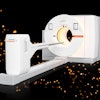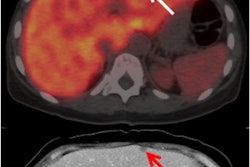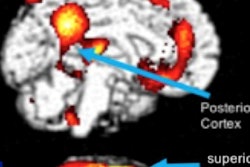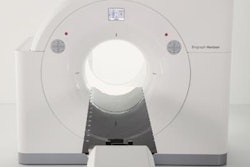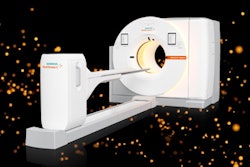Dear AuntMinnie Member,
It's a big week for molecular imaging and nuclear medicine, with the Society of Nuclear Medicine and Molecular Imaging (SNMMI) meeting in full swing in Denver. Fortunately, Features Editor Wayne Forrest is on hand in the Mile High City to cover all the news that's fit to print for our Molecular Imaging Community.
First up is an article on how researchers from the University of California, Los Angeles used SPECT to examine changes in cerebral blood flow in former professional football players. They found differences in blood flow based on what position the individuals played. Learn more by clicking here.
Also, check out this study on how PET with a fluoroethyl-tyrosine radiotracer was used to assess adults with brainstem glioma and gauge their prospects for progression-free survival. In another study, researchers combined PET with optoacoustic and optical imaging to determine which plaques may be prone to rupture.
Big news is breaking in molecular imaging even outside the Colorado Convention Center. A new study published today in the Journal of the American Medical Association used PET to detect elevated levels of brain amyloid that could indicate the presence of Alzheimer's disease, before symptoms develop. Click here for that story, and visit the community at molecular.auntminnie.com for more news from SNMMI 2017.
Deep learning for PICC lines
Artificial intelligence technologies such as deep learning and machine learning are flexing their muscles for a variety of imaging applications. Visit our Artificial Intelligence Community to learn how a group from Massachusetts General Hospital used a deep-learning algorithm to prescreen chest radiographs to find out if peripherally inserted central catheter (PICC) lines are inserted correctly. You'll find that article by clicking here, or visit the community at ai.auntminnie.com.


